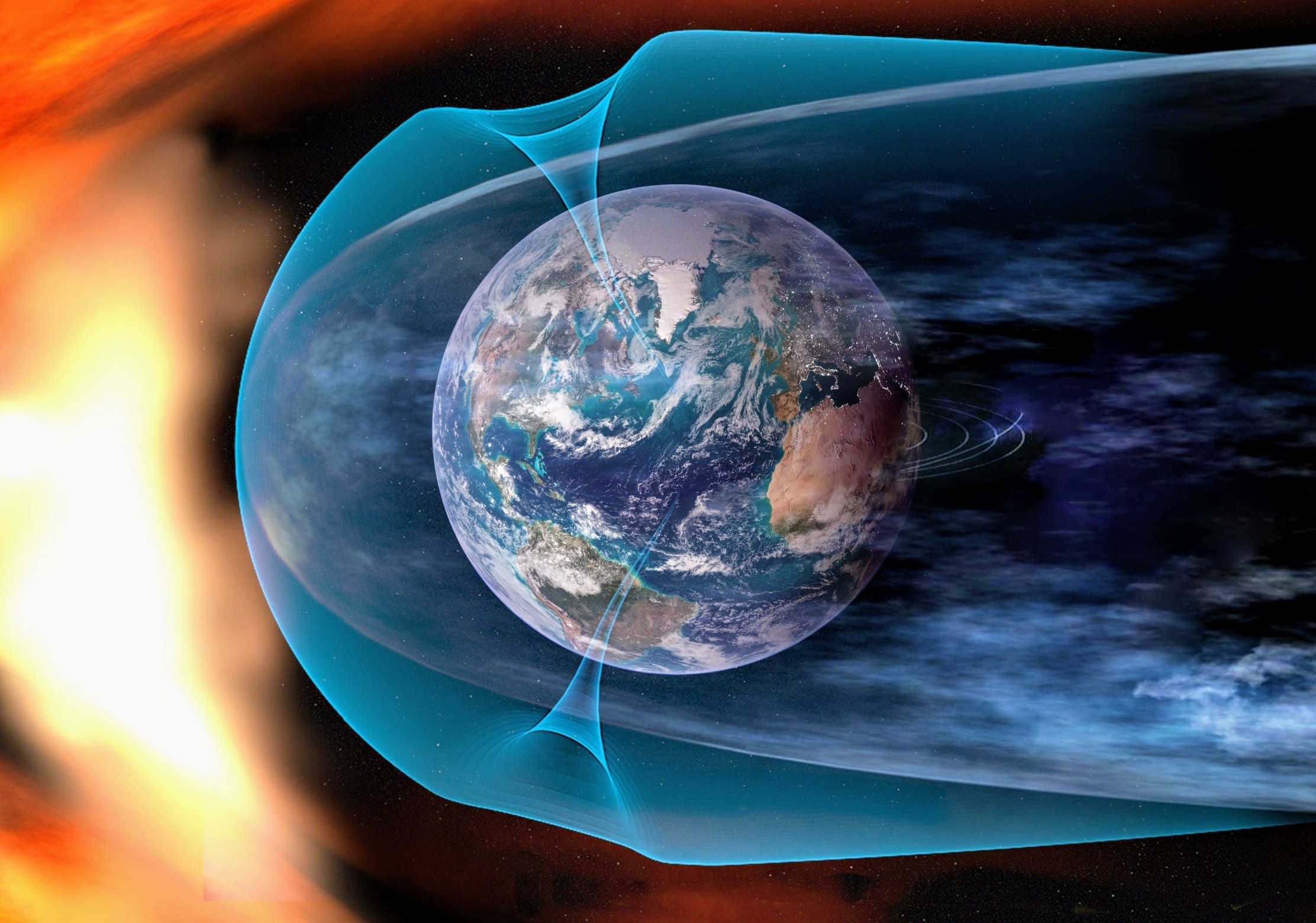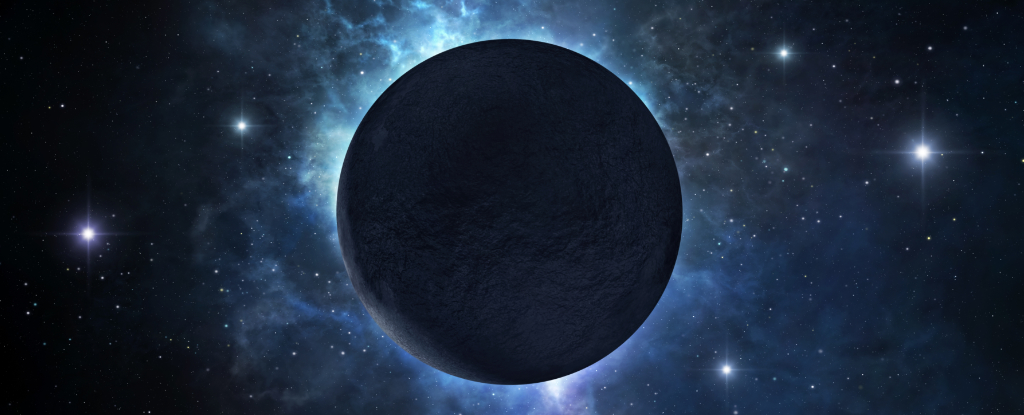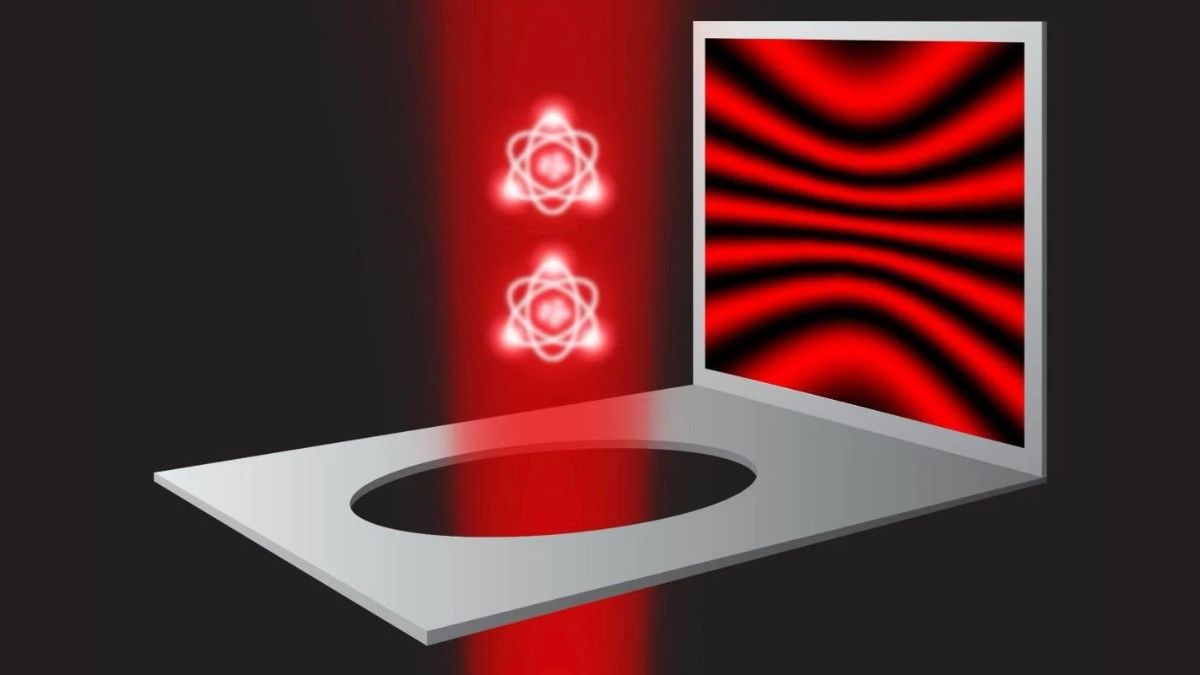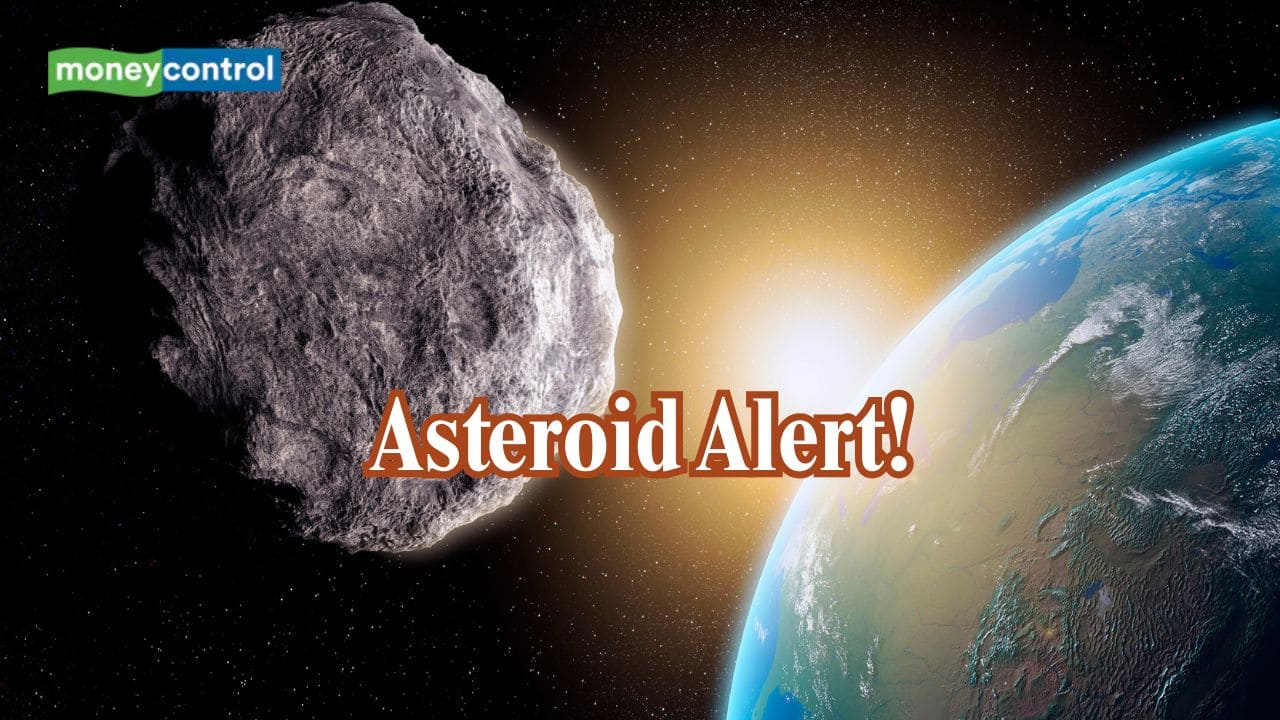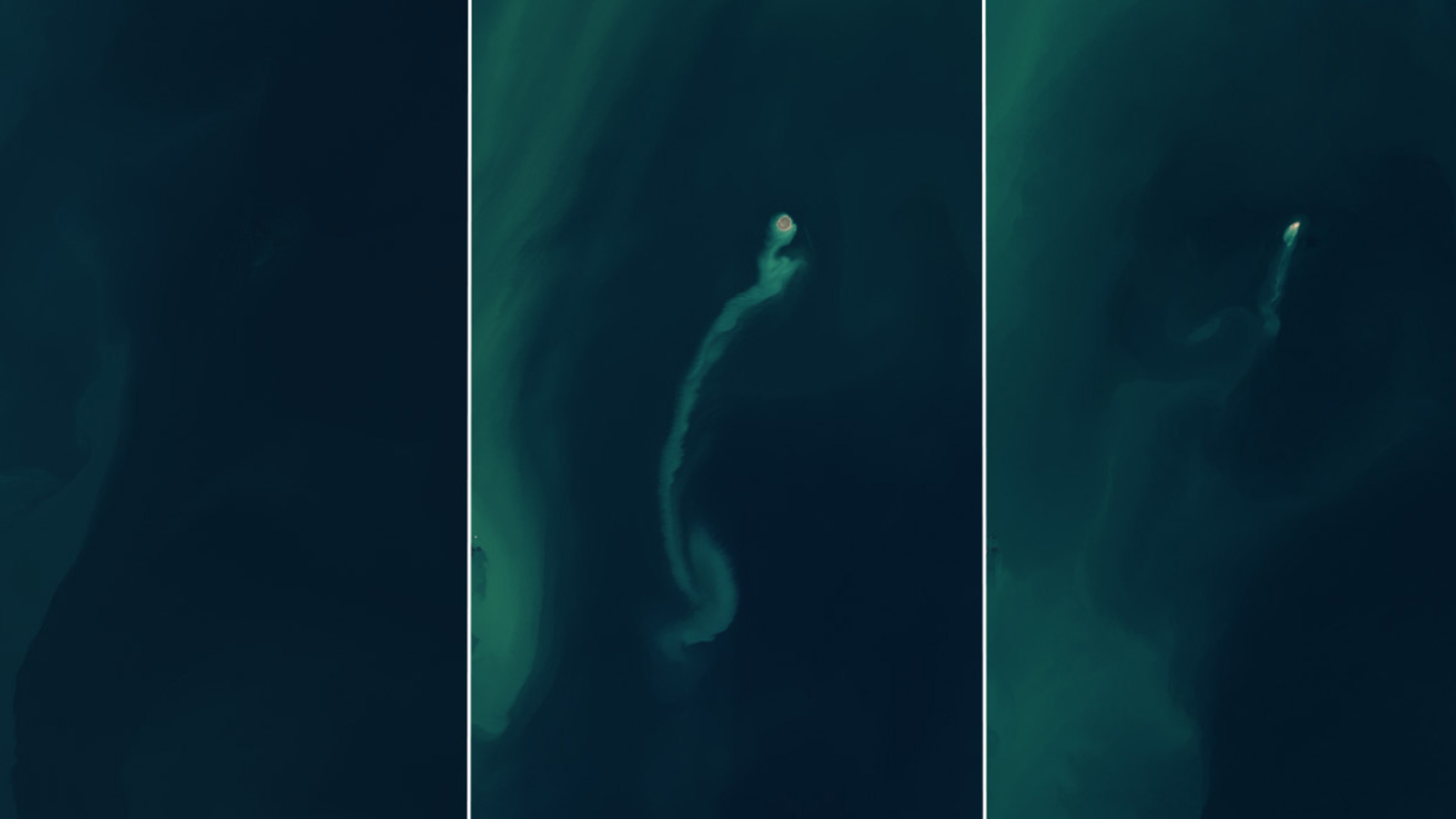Groundbreaking Study Reveals Earth's Core May Be Secretly Leaking Precious Metals

A groundbreaking study published in the esteemed journal Nature has revealed that Earth’s core may not be entirely sealed off, as previously believed. A team of German geochemists has discovered trace amounts of core-derived precious metals, including ruthenium, embedded in volcanic rocks from Hawaii. This intriguing finding suggests that gold and other valuable elements might be slowly seeping up from the planet’s depths, challenging long-standing assumptions about Earth’s internal structure.
The study, spearheaded by researchers from the University of Göttingen, including Nils Messling and Matthias Willbold, delves into the isotopic compositions of volcanic rocks, particularly basalt samples from Hawaii. These samples indicate that some of the world’s most coveted metals may have originated not solely from extraterrestrial meteorites or from the mantle but rather from the very center of the Earth.
For decades, the scientific community has accepted that the majority of Earth’s gold, along with other heavy elements such as platinum, palladium, rhodium, and ruthenium, is not found in the crust or even the upper mantle. Instead, these elements are thought to be sequestered deep within the core, lying beneath nearly 3,000 kilometers of dense rock. This concentration of heavy elements can be traced back to Earth’s formative years, over 4.5 billion years ago, during a phenomenon known as the iron catastrophe. At that time, heavier elements sank to the center of the planet, leaving the outer layers relatively depleted of such riches.
Estimates suggest that the gold trapped within the core is so substantial that if it were extracted and evenly distributed, it could create a 50-centimeter-thick layer of gold covering every continent. However, until this recent study, the vast subterranean reserves were thought to be geologically unreachable and completely isolated from the crust.
New insights into how scientists tracked core-derived isotopes in volcanic rock come from the Göttingen researchers’ meticulous analysis of isotopic variations in rocks formed from deep-Earth magmatic activity. Their focus was on ruthenium, a rare and heavy element known for its distinct isotopic differences depending on its source—differences that were previously too subtle to detect.
By refining their laboratory techniques, the team achieved unprecedented precision in measuring these isotopes. They utilized samples from the basaltic lava flows of the Hawaiian Islands, a region renowned for volcanic activity linked to deep mantle plumes. The researchers identified an elevated concentration of ruthenium-100, an isotope consistent with material originating from Earth’s core rather than the crust or upper mantle.
“Our data confirmed that material from the core, including gold and other precious metals, is leaking into the Earth’s mantle above,” stated Nils Messling, one of the lead authors of the study. “When the first results came in, we realized that we had literally struck gold!” The presence of core-derived isotopes in volcanic rocks extends beyond just ruthenium, suggesting that other siderophile elements—those with an affinity for iron and which bonded with it during Earth’s early molten state—may also be migrating upward from the core to the mantle and ultimately to the crust.
The implications of this research are profound, as it provides compelling evidence that deep mantle upwellings, often referred to as mantle plumes, transport material from the core-mantle boundary to the Earth’s surface. These towering columns of superheated rock rise through the mantle, erupting through the oceanic crust and forming volcanic islands like those found in Hawaii. “We can now also prove that huge volumes of superheated mantle material—several hundred quadrillion metric tons of rock—originate at the core-mantle boundary and rise to the Earth’s surface to form ocean islands like Hawaii,” explained Matthias Willbold, co-author of the study.
The process of material movement from the depths of the Earth to the surface is immense, although it occurs over geological timescales spanning millions of years. The volcanic rocks that emerge during these eruptions serve as natural record-keepers of Earth’s internal dynamics, carrying chemical and isotopic clues from deep within.
This discovery not only ushers in new avenues for understanding the evolution of Earth’s internal systems over billions of years but also challenges the established notion that the core, encased beneath solid silicate mantle and crust, is an isolated and chemically inert reservoir. The findings confirm that elements like ruthenium—and potentially gold—are slowly migrating upward, introducing the use of isotopic “tracers” to monitor and quantify this migration in future studies. Researchers emphasize that ruthenium, in particular, could become a powerful tool for studying the interactions between Earth’s layers.
While many surface metals were believed to have been delivered to Earth via meteorite bombardment during the solar system’s early years, this study suggests that at least some of those metals may have originated from the planet’s own interior. “Our findings open up an entirely new perspective on the evolution of the inner dynamics of our home planet,” the researchers concluded. Although accessing these deeply buried resources remains impossible with current technology, the scientific insights gained from this research could influence fields ranging from geochemistry to planetary science. Notably, if core leakage of precious metals is feasible on Earth, similar processes might be occurring on other rocky planets as well. While this research may not trigger a gold rush, its true value lies in the revolutionary understanding it provides regarding Earth’s internal mechanics.











